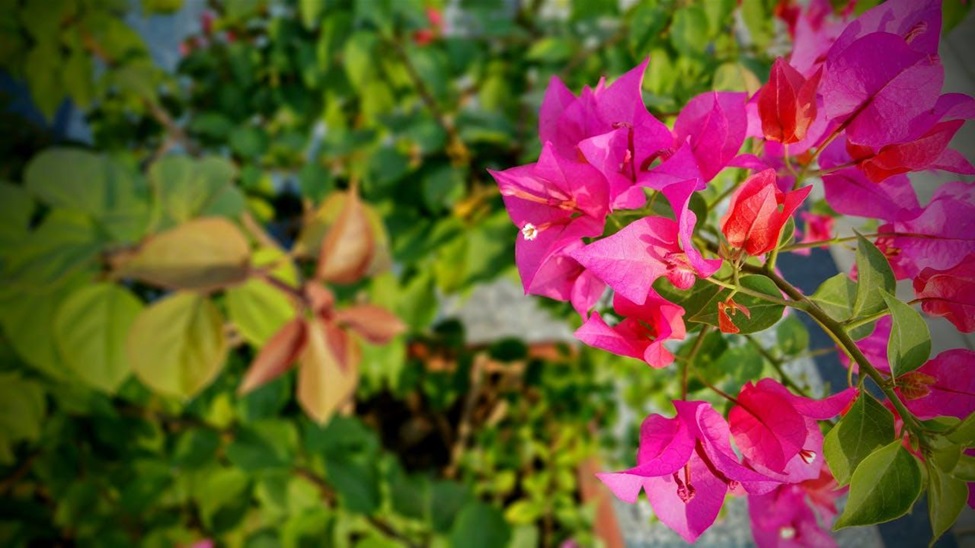
5 Tips for Preserving Your Garden
Maintaining a garden can be immensely rewarding, offering both beauty and sustenance. But to truly enjoy its splendor year after year, it’s essential to practice proper preservation techniques. Whether you’re a seasoned gardener or just starting, these tips will help ensure your garden thrives sustainably.
Proper Soil Preparation
Healthy soil is the bedrock of a flourishing garden. First, understand your soil type, is it sandy, clay, or loamy? Each type has its pros and cons, and knowing your soil’s characteristics will guide how you should amend it.
For instance, clay soil can be heavy and compact, while sandy soil drains quickly but lacks nutrients. Adding organic matter like compost or mulch can improve soil structure, enhance fertility, and increase moisture retention.
Services that offer high-quality mulch can be invaluable, providing your plants with the nutrients they need while also reducing weed growth.
Master Watering Techniques
Watering may seem straightforward, but doing it right can make a big difference. Overwatering can lead to root rot, while underwatering stresses plants. The best time to water is early morning or late evening, when temperatures are cooler, reducing evaporation.
Aim to water the base of the plants rather than the leaves to minimize fungal diseases. Using drip irrigation systems or soaker hoses can conserve water and ensure it reaches where it’s needed most.
Additionally, mulching around plants helps retain soil moisture, cutting down on the frequency of watering.
Build Retaining Walls for Landscape Stability
Adding a retaining wall can be both functional and aesthetic. Retaining walls help manage slopes and prevent soil erosion, keeping your garden landscape stable. They also create flat, usable spaces for planting and can serve as a beautiful focal point.
When constructing a retaining wall, choose materials that blend with your garden’s design, such as stone or timber. Ensure proper drainage behind the wall to prevent water buildup, which can compromise the structure.
Pruning and Deadheading
Regular pruning and deadheading are crucial for plant health and aesthetics. Pruning involves removing dead or overgrown branches to encourage new growth and improve air circulation. This practice helps prevent diseases and pests from taking hold.
Deadheading is the process of removing spent flowers. This not only keeps your garden looking tidy but also encourages plants to produce more blooms. For example, roses and petunias benefit significantly from deadheading.
When done correctly, these practices can extend the blooming period and ensure vigorous growth. Make pruning and deadheading a routine part of your garden maintenance to keep your plants healthy and vibrant.
Effective Weed Management Strategies
Weeds compete with your plants for nutrients, water, and sunlight. Effective weed management is essential to maintain a healthy garden. Start by regularly inspecting your garden and removing weeds by hand before they set seed.
Using mulch is another effective strategy as it suppresses weed growth by blocking sunlight. Organic mulches like straw or bark chips also improve soil health as they decompose. For larger areas, consider using landscape fabric beneath mulch to provide an extra barrier against weeds.
Additionally, practicing crop rotation and planting cover crops can reduce weed pressure over time.


